The author called in these two gobblers while hunting the spring season in north-central South Dakota. They came in together and as he had two permits fired one shot and put both mature gobblers down. (Outdoorsmen Productions Photo)
Having hunted wild turkeys in seven states, I’ve learned that all species are different, with some that seem a lot smarter than others.
In the United States, the first turkeys originally came from southern Mexico, now we have four species of turkeys and the Hybrids; these being, the Eastern, , Merriam, Rio Grande and the Osceola in the United States, with another species in Mexico, the Gould’s.
Over the years that I’ve hunted, I’ve came across several subspecies in states and areas where there should haven’t been this species of birds, most of them were adjacent to states that had populations of one species or another.
I’ve also found in the numerous states I’ve hunted, in each state, where I’ve found Hybrids of all the species.
“South Dakota
In South Dakota, east of the Missouri you’ll find Eastern turkeys and hybrids while west of the river you’ll find Merriam’s as well as its hybrids.
The first eight Merriam’s wild turkeys were released in South Dakota in 1948; these birds came from New Mexico, with a second release of fifteen birds in 1950, and a third release of six birds in 1951.
Permits & Seasons
The South Dakota spring turkey permits are divided up into units, which include, the Mentored Youth Archery, Adams Nature Area & Good Earth State Park Access Archery, Archery Season, Black Hills, Custer State Park, Mentored Firearms, and the Prairie units.
The Mentored Youth Archery Adams Nature Area & Good Earth State Park Access and the Spring Archery season all open up on April 4, with the Black Hills, Custer State Park Mentored Firearms and Prairie seasons opening on April 11th, with all seasons closing on May 31.
“Nebraska”
The first release of wild turkeys in the state took place in 1959, with 28 Merriam’s released in the northwestern portion of the state, in the Pine Ridge area.
In the Cornhusker state you’ll find the Merriam’s, Rio Grande, and Eastern gobblers, and their Hybrids.
Permits & Seasons
The Nebraska Archery season, both the Youth and the regular Archery season open March twenty-fifth, with the Youth Shotgun season opening on the eleventh of April, followed by the Shotgun season on April eighteenth, with all seasons closing the thirty first of May.
Below are the four species of turkey found in the United States as well as information you may find interesting about them.
Eastern
The turkey, the Pilgrims first saw when coming to the New World would be the Eastern, which is one of the largest birds of all subspecies.
They’re now found in the entire eastern half of the United States, in thirty-eight states and numerous Canadian provinces.
In the eastern United States, the Eastern are hunted heavily and the most hunted wild turkey subspecies in the world.
In order to tell what species yours is, as well as some other information on the birds, here’re a few tips to help to identify the Eastern birds.
Their tips of its tail feathers are a chestnut-brown in color, with white and black bars on the wings.
Eastern gobblers are very vocal, with loud gobbles; the Eastern gobblers, the males, have the longest beards of any of the turkey sub species, weighing from eighteen to thirty pounds, with the females being smaller, tipping the scales from eight to twelve pounds.
Generally you’ll find the Eastern turkey east of the Missouri River, I’ve hunted them in eastern Minnesota, Iowa and Mississippi as well as in several adjourning states west of the Missouri River, finding them, the most difficult of all turkeys to call and hunt.
Merriam
The white tail feathers on these birds, indicates that there Merriam’s, a bird found from the Black Hills of South Dakota west and down as far south as New Mexico and Arizona. (Larry Myhre Photo)
You’ll find the Merriam throughout the Rocky Mountain and neighboring states, which include South Dakota, Montana, Wyoming, Arizona, Utah, New Mexico and Oregon.
I’ve taken them as well as their Hybrids in Nebraska and several other states.
Their feathering, especially the white feathers along their tail feathers is a sure indicator that the bird is a Merriam, with the tail and lower back feathers of this species are white tipped, with their feathers appearing to be a combination of purple and bronze colors.
Rio Grande
This gobbler was showing his best to several hens, its tail feathers and the colors of it feathers indicate what sub species the bird is. (Larry Myhre Photo)
You’ll find the Rio Grande native to the central plains in Texas, Kansas, Oklahoma, New Mexico, Utah, Colorado, California and a few northeastern states and I’ve found them or their Hybrids in numerous adorning states that I’ve hunted.
The latest estimates as far as their numbers go is around 1,000,000, they have longer legs, which are well suited to the prairie they call home.
The color of their body feathers is described as a light brownish yellow, that the color of buff leather, with the tips of its tail and those along its lower back feathers are a very light tan.
The Rio Grande is the most social of all the species, liking to be in close proximity to others of their kind.
Osceola
The Osceola species if found primarily in Florida, with their numbers estimated to be 80,000 to 100,000 birds.
They got their name from the famous Seminole Indian leader, Osceola. You’ll find them to be much darker than the Eastern and the smallest of all of the turkeys, they’re wing feathers are very dark as compared to other species of turkeys, having less white barring than those of other subspecies, and the majority of its body feathers are a more of an iridescent greenish and purple color.
Beings they’re the smallest of all subspecies, they’ll weigh from sixteen to eighteen pounds, their legs are longer than other turkeys as they need longer legs to traverse the swamps and wet lands of Florida.
Gould
The Gould turkey is found in the Northern Mountains of Mexico as well as in small numbers into the states of New Mexico and Arizona
You’ll find small numbers of the birds in the two states, while in Mexico there is an excellent population of these birds.
They’re the largest of all the turkey species, with larger feet, longer legs, and longer tail feathers; their feather coloration is a copper to a greenish gold.
One year when we were filming throughout the United States, I had tagged three of the four turkey species and had intentions of going to Florida after the Osceola, but that trip fell through, so I had to settle for three of the National Wild Turkey Federation’s Grand Slam, an award given to the hunter who to take the four U.S. species of birds in one year.
I’ve been hooked on spring turkey hunt since my first hunt shortly after I moved to Nebraska, looking forward to each spring where I can test my skills against one of Mother’s Natures smarter wild birds.
One that’s gifted with excellent eyesight and hearing that at times hangs up and won’t come any closer when at other times, seems to be unwary, charging into my calls or decoy, having only one thing on its mind is and that’s to get to that lonely hen before she changes her mind.
Either way, I love spring turkey hunting and count the days each year until I can head for the woods to test my skills against that Wise Ole Gobbler.
Gary Howey, Hartington, Neb. is a former tournament angler, fishing & hunting guide, an award winning writer, producer, photographer and broadcaster, and a recent inductee into the “National Freshwater Fishing Hall of Fame” in 2017. Howey is a syndicated “Of the Outdoors” columnist, with his columns appearing in South Dakota, Minnesota, Kansas, Nebraska and Iowa , he’s the Co-Host of Outdoor Adventures radio heard in South Dakota, Iowa, Nebraska and Minnesota each morning throughout the week at 6:45 am. If you are looking for more outdoor information, check out Gary’s blog at garyhoweysoutdoors.com, outdoorsmenadventures.com and like Gary Howey’s Facebook page. Also, tune into the Outdoorsmen Adventures show on KCAU-TV, Sioux City, MIDCO Sports Channel, along with numerous local stations and it is available on the Outdoor Channels www.MyOutdoorTV.com


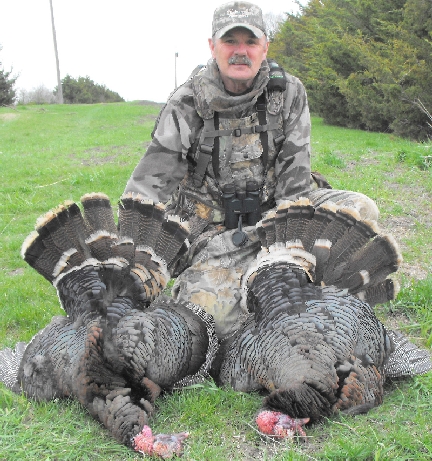
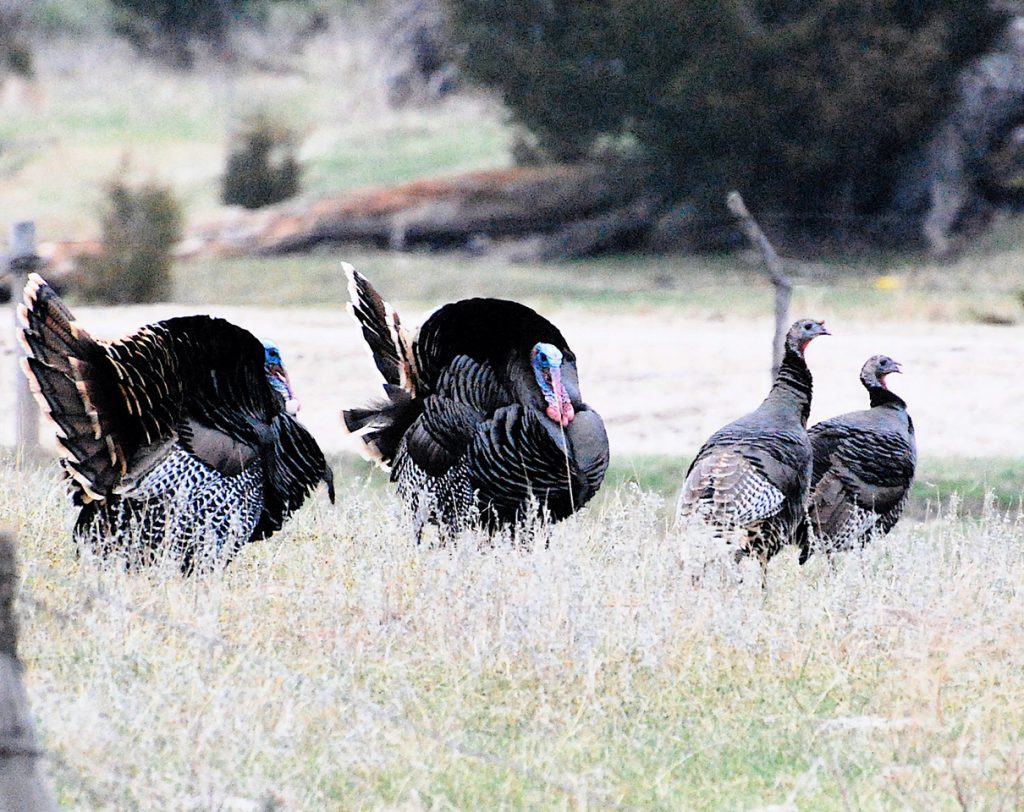
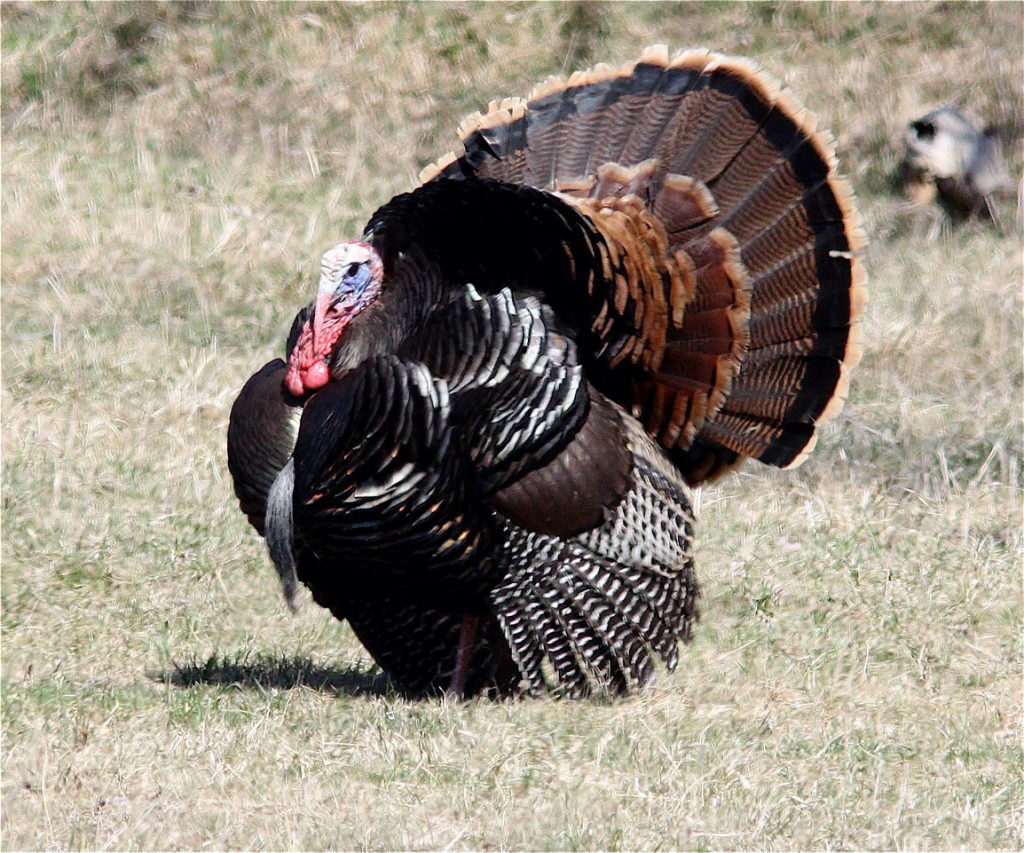

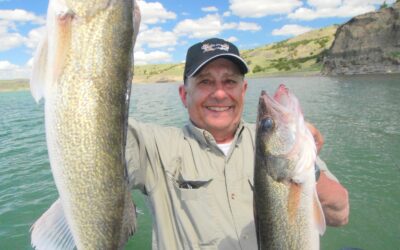
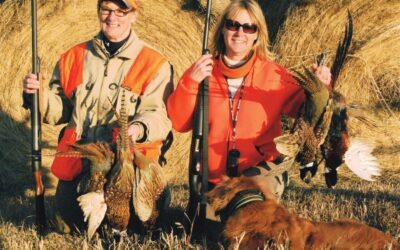
0 Comments